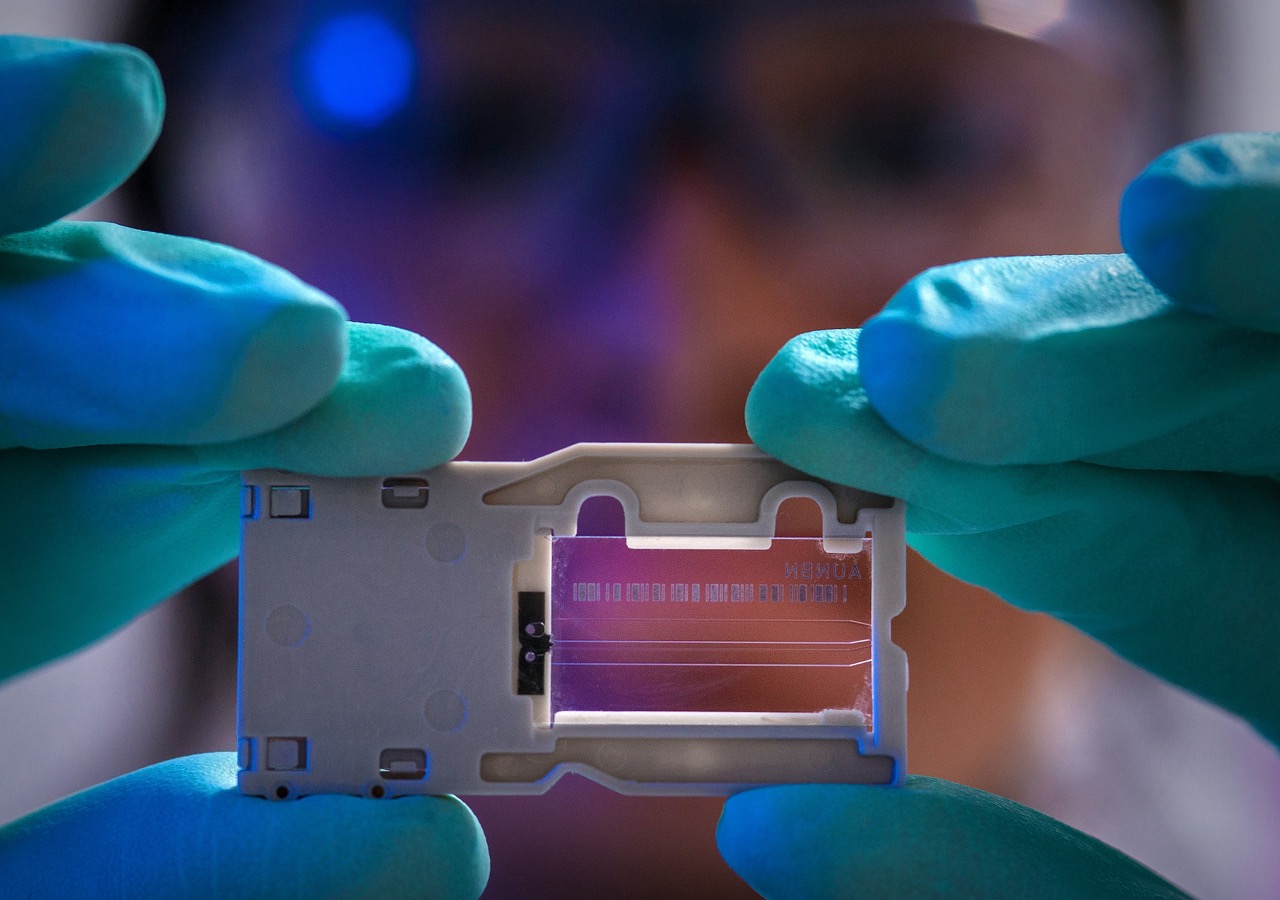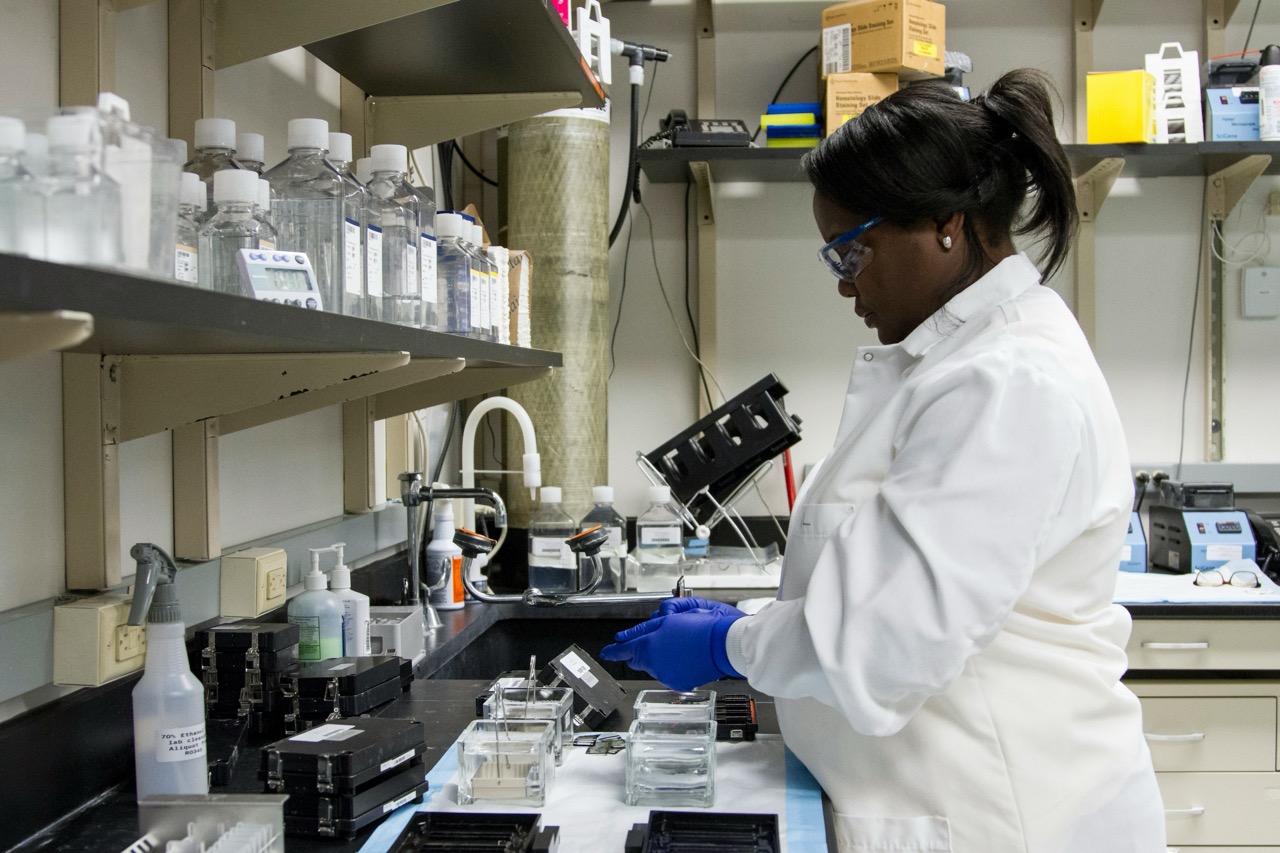Can You Test Negative and Still Have an STD? Let’s Dive In!
Imagine this: you just got back from the clinic, fresh from a routine STD test, and the nurse hands you the results. You glance down, and there it is—a big, bold negative. You breathe a sigh of relief, feeling like you’ve dodged a bullet. But wait! Can you really be in the clear? Can you test negative and still have an STD? The answer might surprise you!
The Labyrinth of Testing
First, let’s stroll down the testing lane. The world of STD testing is like a grand maze—filled with twists, turns, and maybe even a few surprises. There are many types of STDs, and each one has its own way of revealing itself. For some, the testing may be straightforward, but for others, it’s a tad more complex.
The Window Period: A Sneaky Saboteur
One key player in this game is the infamous “window period.” This is the time after exposure to an STD but before the infection is detectable in tests. It’s like a sneak attack during a game of hide-and-seek—your body hasn’t produced enough antibodies yet, or the viral load is still too low. Depending on the STD, this period can range from a few days to several weeks.
Let’s say you had a potential exposure last week. If you tested today, the results might not reflect your true status. The test could come back negative, but that doesn’t mean the infection isn’t lurking, just waiting for the right moment to make itself known. A follow-up test may be necessary after the window period closes. So, if you’re feeling uneasy, don’t hesitate to ask your healthcare provider about retesting!
Testing Types: Not All Tests Are Created Equal
Then there’s the delightful variety of tests available. Some are more reliable than others, depending on the type of STD. For example, chlamydia and gonorrhea tests are usually quite accurate, but the tests for herpes might not be as straightforward. A lot of people don’t even know they carry the herpes virus because they might not show symptoms or test positive until a later date.
And let’s not forget about those pesky false negatives! They can happen for various reasons, including test sensitivity and timing of the test. Even the best tests aren’t 100% accurate all the time. So, if your gut is telling you something isn’t right, trust it! Your body knows you best.
Symptoms: Listen to Your Body
Now, let’s pivot and chat about symptoms. Just because your test came back negative doesn’t mean you’re in the clear if you’re experiencing symptoms. Symptoms can vary from mild discomfort to more severe complications. If you notice unusual changes, such as sores, rashes, or discomfort in your nether regions, it’s time to reconnect with your healthcare provider. Your body is a remarkable communicator—don’t ignore it!
The Power of Communication
So, what’s the moral of this cheerful tale? Open and honest communication is key! Whether it’s discussing your sexual health with partners or chatting with your healthcare provider, knowledge is power. Make sure you’re asking the right questions about testing, symptoms, and follow-ups.
In the end, remember that a negative test result is a sigh of relief—but it’s not a free pass. Regular testing, especially if you have multiple partners or new relationships, is crucial for your health and the well-being of those around you. Keep the lines of communication open, and always prioritize your health!
A Bright Future Ahead
So there you have it! Testing negative doesn’t mean you’re out of the woods just yet. Be aware of window periods, understand the types of tests, listen to your body, and don’t hesitate to reach out for help. With the right knowledge and tools, you can navigate the world of sexual health with confidence and a cheerful heart. After all, your health is worth celebrating—so treat yourself to a little self-care, and keep smiling!











